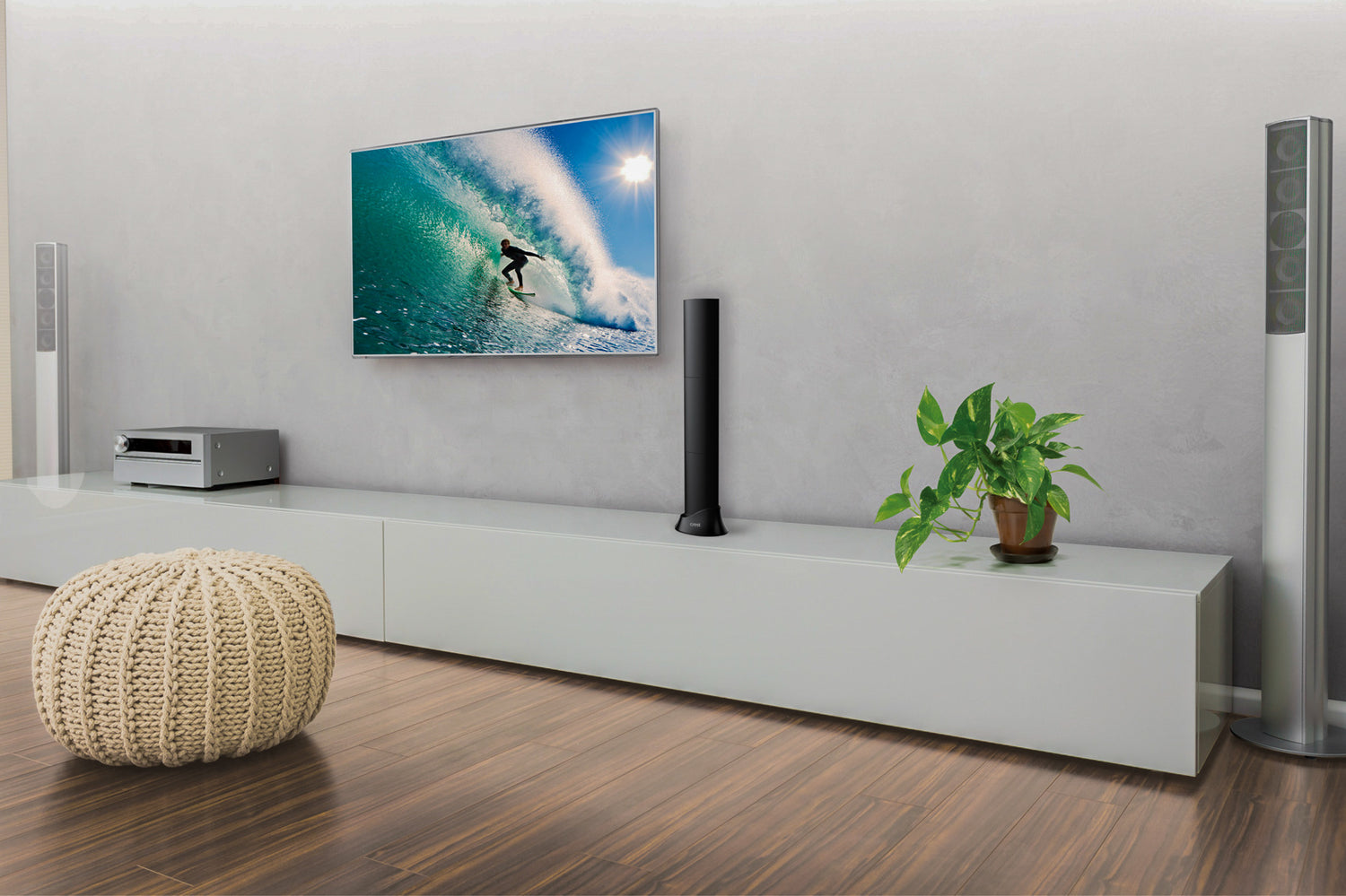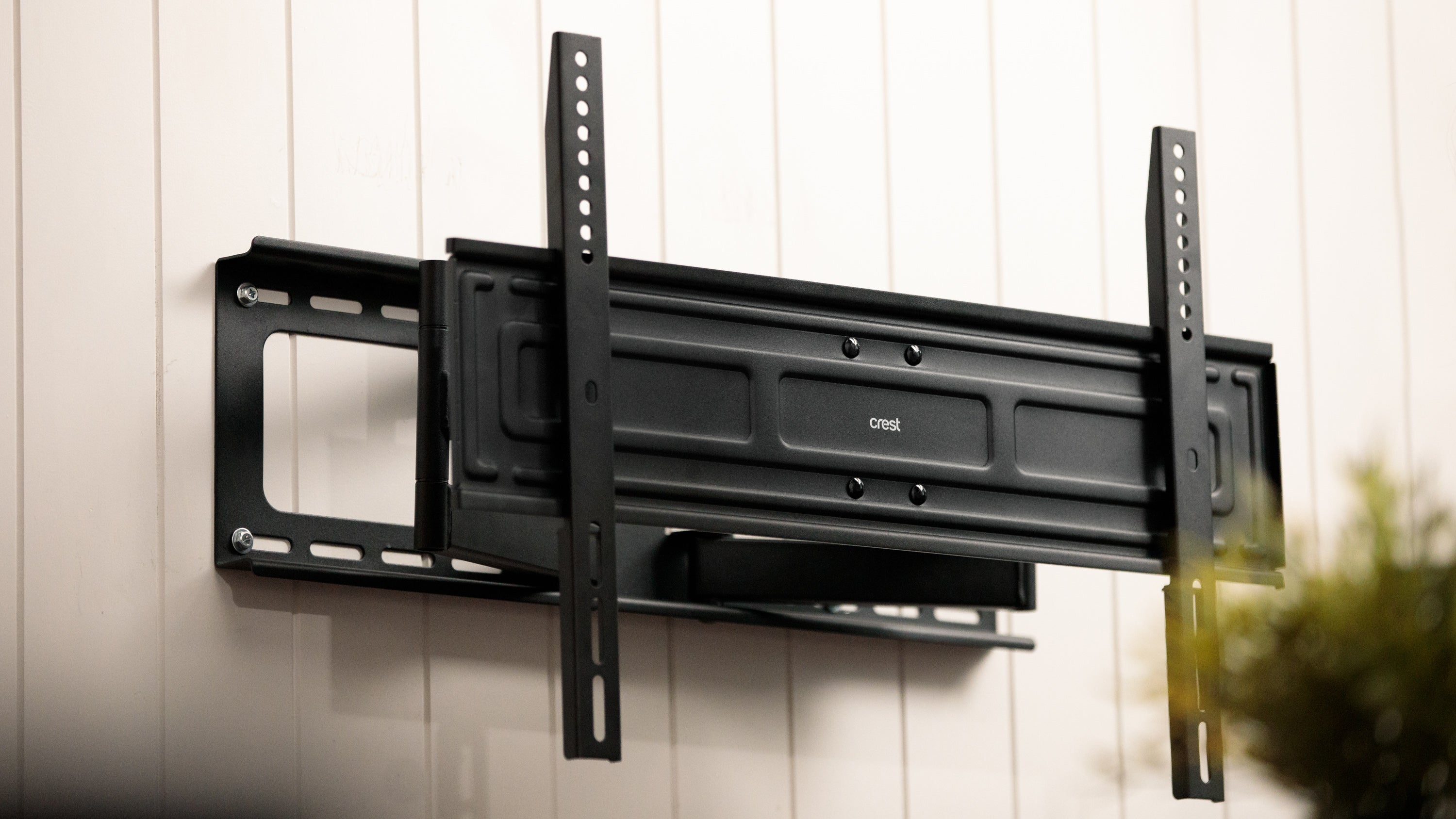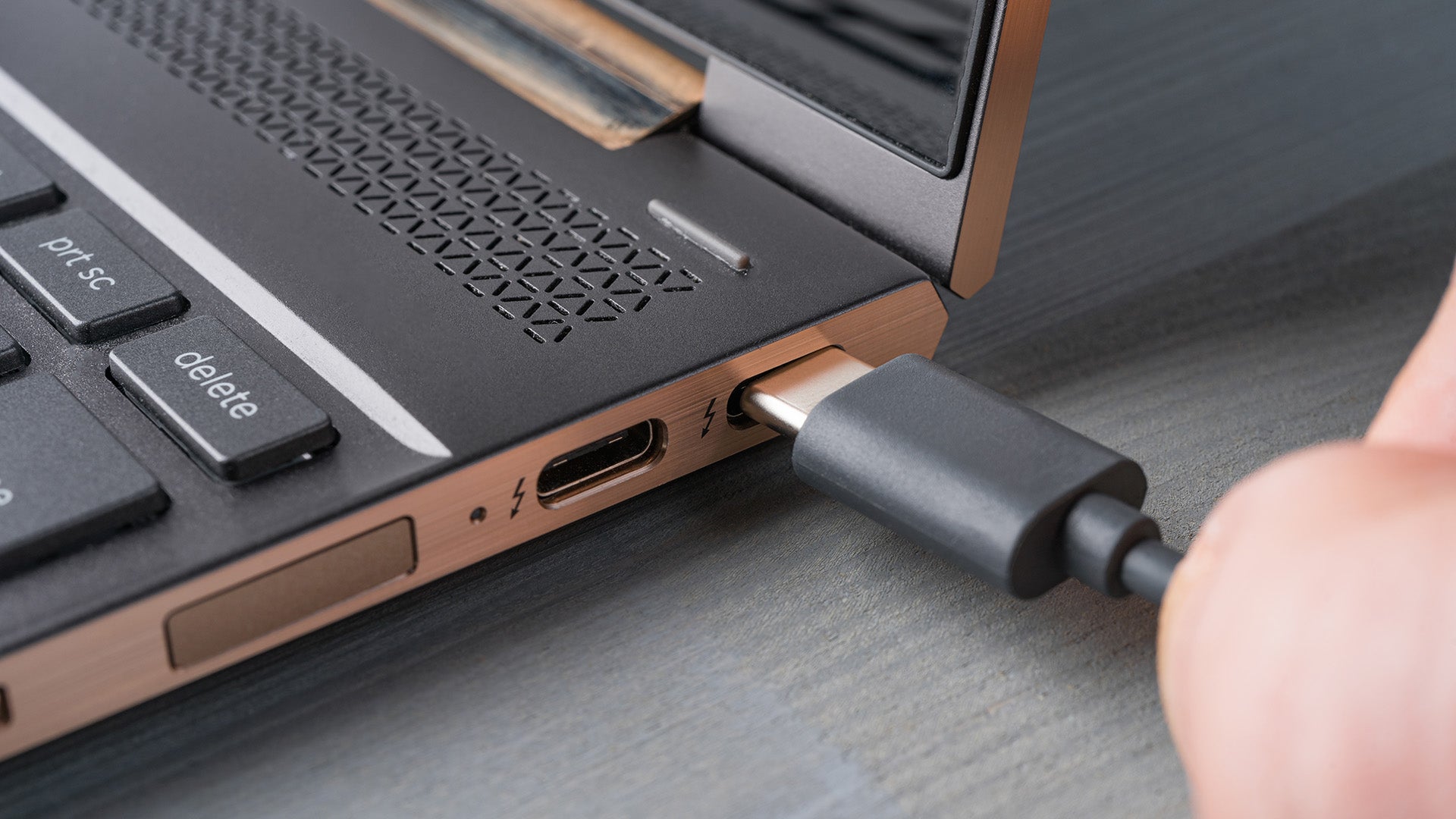So, you’ve moved into an apartment block or a new home. You’ve bought a new LED television, and you’re looking to get it set up to watch your favourite TV shows. You notice there isn’t an external TV antenna or port in the wall, and your show starts in 1 hour!!! What do you do?
Before running out to purchase any old antenna, you should read the rest of this article to ensure you won’t be disappointed with your purchase. We’re going to cover how to best pick the most suitable antenna, how to set it up as well as how to adjust it to get the best possible outcome for your situation. This is a very quick guide to antennas, and every situation is different.
So, How does it work?
Most towns have transmission towers to transmit VAST, DAB+, FM/AM radio signals. These towers are located on the highest point to send out these signals to most of the population. These signals are high frequency and bounce off most solid objects and not through them.
To receive the signals from the tower, the antenna requires a reasonably clear line of sight of the transmission tower. If a building or mountain obstructs the tower, then you may need an antenna mounted high to the top of your home to receive what little signal is available.
Step one: Where is your closest transmission tower?
First of all, we need to do a bit of research. We need to figure out exactly where your closest transmission tower is in relation to your home. To do this, we need to open up the myswitch.digitalready.gov.au website that has this information and determine exactly where we are, where the transmission tower is, how strong could the signal be and which direction you need to point the antenna.
Input your address into this website, and it’ll give you an idea of the signal strength you can expect.



There are three results that you can expect. Good Coverage, Variable Coverage and None. Better the coverage, better the chance to watch your favourite shows without interruption. The tower’s direction and distance are indicated to give you a good idea of which type of indoor or outdoor antenna you need and where to set it up in your home.

Now we know where the tower is, and hopefully, you’re within range of the tower. We need to consider which is the suitable antenna for the distance. The other factor, that you need to consider now that you have distance and coverage is to check if there are any obstructions between you and the tower. You do this by following the link “More coverage information” and there is a tab called “Elevation Profile” which illustrates any obstacles in your path.

Step two: Selecting a suitable indoor TV Antenna.
There are a few types of antennas suitable for different situations in relation to distance and obstructions. You can find our selection of indoor TV Antennas here.
<10km - Passive: If your closest tower happens to be within 10km and you have no obstructions, then a simple passive TV antenna should do the trick. However, you’ll need to consider a beefer antenna with a power boost if you have obstacles in the way.
<25km – Small power boost: Between 10 - 25km, you’ll most likely require a slight power boost to an indoor antenna to be able to receive the signal clearly. A power boost amplifies the gain of the signal to help give the antenna a better chance of a clear signal.
<40km – Large power boost: Up to 40km with a clear line of sight, you’ll need a larger antenna that’s amplified a bit more. If there are obstructions between your antenna and the tower, then the antenna may not work well.
40km+ – Outdoor: If you happen to be outside 40km from your closest tower, then we would suggest looking into an outdoor roof-mounted TV Antenna solution.

Step three: Setting up the TV Antenna
We learnt before where the transmission tower is in relation to our house. For an accurate direction on where to point the antenna, you should use the tab “Direction of available transmitters”.
Once the TV antenna is placed in a suitable position, you’ve plugged in the cable into your TV, we must tune your television to receive the signals.
Step four: Auto-scanning the TV
Tuning your TV isn’t the same for every TV as every manufacture has a different way to do this. Please refer to the TV User manual or look up the TV model online to find the user manual on the manufactures website.
Once you have started the auto-scanning process, do not attempt to move the antenna ears. Let it run its course first, and then we can adjust if we didn’t receive all the channels.
Hopefully by now, you have all the channels you’ve been after, and you’re ready to watch your favourite shows. If you have some missing channels, or none at all, we have listed some tips below to see if we can get the best possible result from your TV antenna.
Step five: Adjusting the antenna
Experiment with pointing your antennas, ears and body in different directions. If your TV antenna ears are telescopic, make sure they’re at their maximum length to get the best performance. After each change, run the auto scan process again.
Play with the adjustable gain dial if applicable. This will boost the antenna to help receive the signal; however, too much gain can also interfere with the antenna. More gain doesn’t always mean a guaranteed result. A direct line of sight of the TV antenna to the tower does within the maximum distance of the antenna makes for the best result.
Troubleshooting if these steps haven’t worked
Look for sources of “multipath interference”, which might cause your TV signal to be reflected. The reflection creates a duplicate signal which interferes with the original signal, leading to weak reception. Raise your indoor antenna above mirrors and large metallic objects, like refrigerator doors. Keep your antenna away from metal, as this will also interfere with the reception.
You may need to place the indoor TV antenna as close to the side of the house closest to the tower to get the best chance to receive the signal without issue.
If the cable that came with the TV antenna isn’t long enough to reach your TV, you may need an extension and maybe even a signal amplifier. As the signal travels through the coaxial cable, it can lose its strength and by the time it reaches the TV it might be too weak for a signal. This happens due to the resistance in the cable itself.
To fix this, use a signal amplifier at the closest point to the antenna, to boost the signal received from the antenna to help travel the cable length across the house. It won’t boost the strength of the antenna itself, just the signal received from the antenna.
Re-tune your TV every time you make an adjustment to the antenna. I can’t stress enough how important this step is.
This is a quick guide for indoor TV antennas, every situation is different, and it may not work for you. Suppose you continue to have trouble with your indoor TV antenna. In that case, you should seek advice from a TV Antenna professional and look into installing an outdoor TV antenna on your roof.




Leave a comment
This site is protected by hCaptcha and the hCaptcha Privacy Policy and Terms of Service apply.